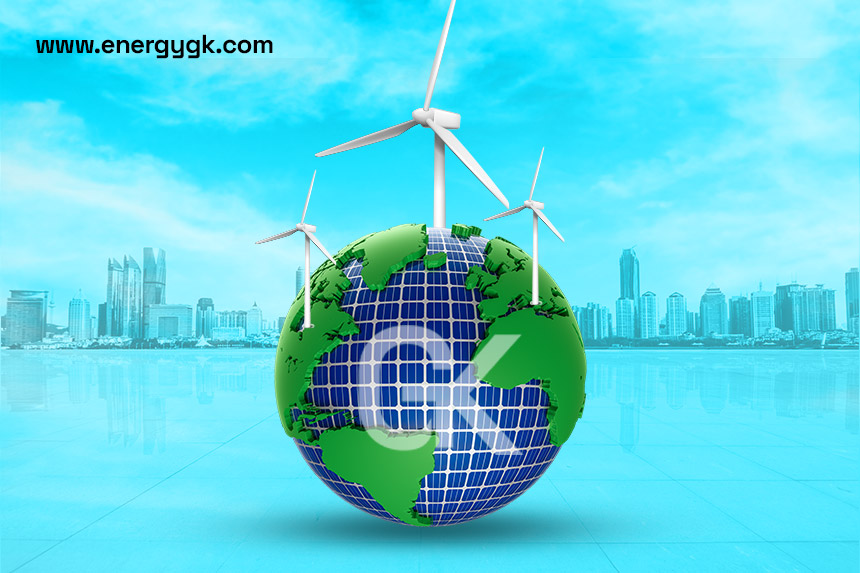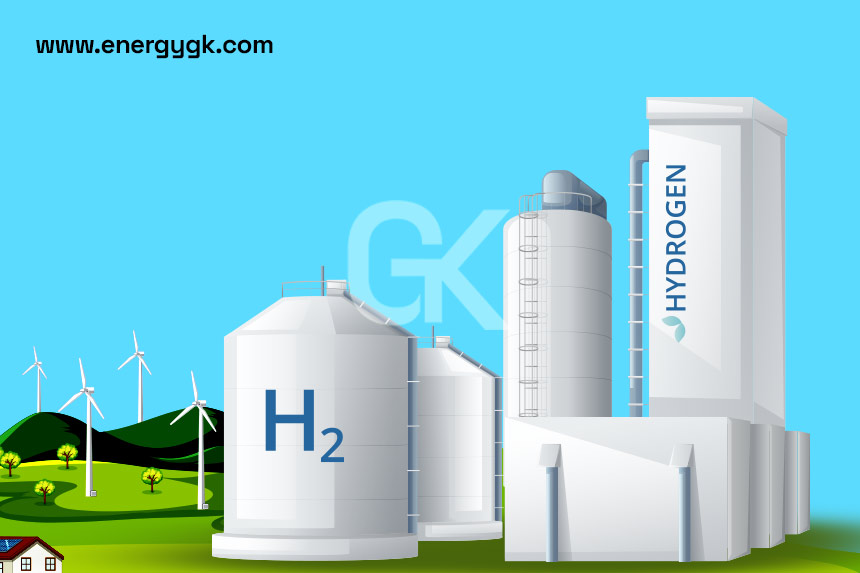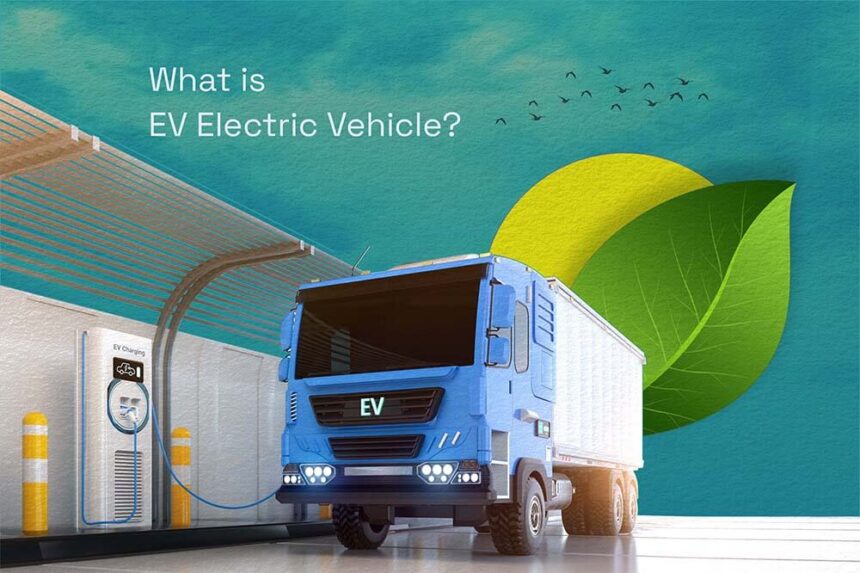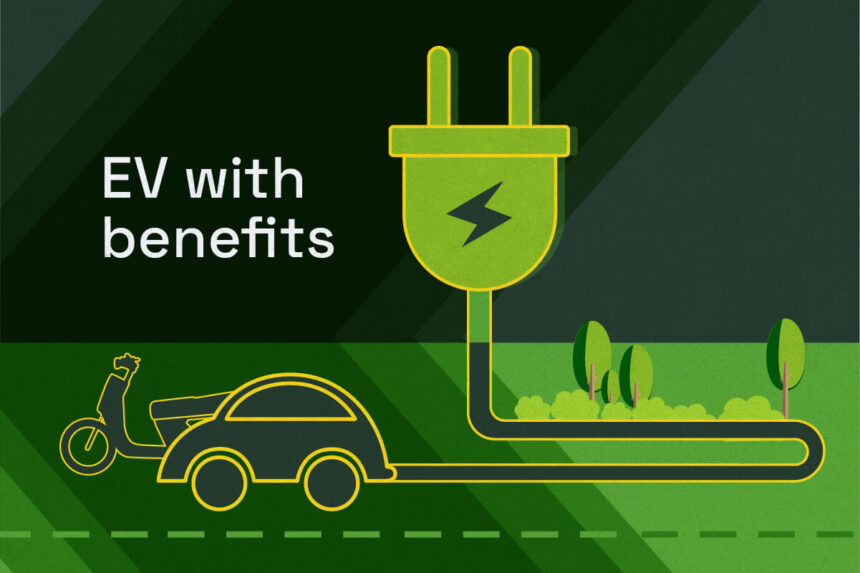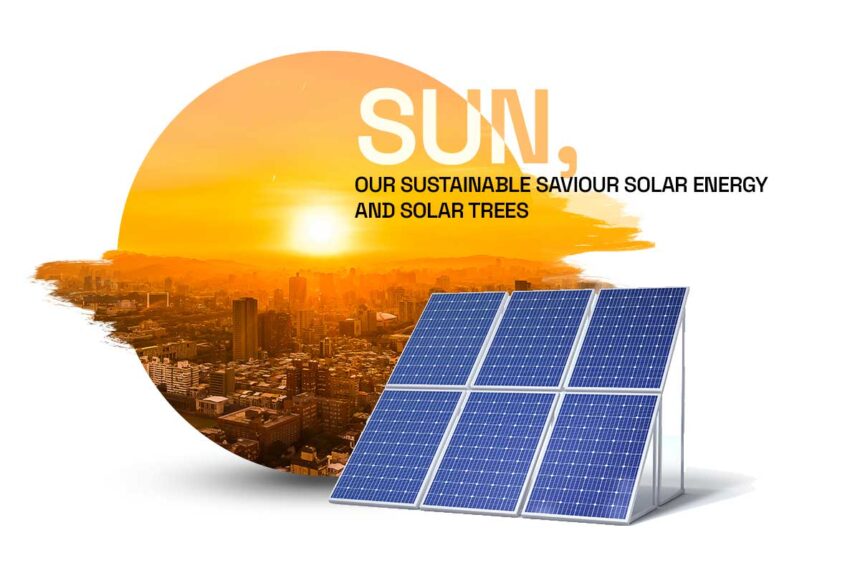In today’s world, where environmental concerns and climate change are at the forefront, the need for clean and sustainable sources of energy has become paramount. As we move towards a sustainable future, it is crucial to explore and harness the potential of clean energy. This article delves into the concept of clean energy, its importance, current state, advancements, challenges, benefits, and the promising future it holds.
Introduction
In the face of mounting environmental challenges, clean energy has emerged as a vital solution. Clean energy refers to energy generated from renewable and environmentally friendly sources, which minimize carbon emissions and reduce our dependence on fossil fuels. This type of energy offers a sustainable and long-term alternative, paving the way for a greener and healthier planet.
Definition of Clean Energy
Clean energy encompasses various renewable energy sources that have minimal environmental impact. These sources include solar energy, wind energy, hydroelectric energy, geothermal energy, biomass energy, tidal energy, and even nuclear energy, when implemented safely and responsibly.
Importance of Clean Energy
Clean energy plays a pivotal role in mitigating climate change and reducing greenhouse gas emissions. By transitioning from conventional fossil fuels to clean energy sources, we can decrease pollution levels, improve air quality, and minimize our carbon footprint. Moreover, clean energy diversifies our energy portfolio, enhances energy security, and fosters economic growth and job creation in the renewable energy sector.
Current State of Clean Energy
The current state of clean energy is promising, with significant progress being made globally. Countries worldwide are investing in renewable energy infrastructure and transitioning their energy grids to cleaner sources. Solar energy is experiencing exponential growth, with advancements in photovoltaic technology and decreasing costs. Similarly, wind energy installations are expanding rapidly, capitalizing on the power of wind to generate electricity. Hydroelectric energy remains a reliable and widely used clean energy source, particularly in regions with ample water resources. Geothermal energy, biomass energy, and tidal energy also contribute to the renewable energy mix.
Advancements in Clean Energy
The field of clean energy is constantly evolving, driven by technological advancements and innovation. Solar energy, for instance, has witnessed remarkable progress in the development of more efficient and cost-effective solar panels. New materials and manufacturing techniques are being explored to enhance energy conversion and storage capabilities. Wind turbines are becoming more efficient, larger in size, and capable of harnessing wind power in diverse locations. Breakthroughs in energy storage technologies are revolutionizing the way we store and utilize clean energy, making it more reliable and accessible.
Solar Energy
Solar energy is one of the most abundant and widely available sources of clean energy. It involves harnessing the power of sunlight through photovoltaic cells or concentrated solar power systems. Solar panels convert sunlight into electricity, offering a renewable and sustainable source of power. The adoption of solar energy has surged in recent years, with residential, commercial, and utility-scale installations contributing to the global clean energy transition.
Wind Energy
Wind energy harnesses the kinetic energy of wind to generate electricity. Large wind turbines with rotating blades capture the wind’s energy, converting it into mechanical power that drives generators to produce electricity. Wind energy is a rapidly growing sector within the clean energy industry, with wind farms being established both onshore and offshore. Advances in turbine technology, such as taller towers and larger rotors, have increased the efficiency and capacity of wind energy systems.
Hydroelectric Energy
Hydroelectric energy utilizes the power of flowing or falling water to generate electricity. Dams and reservoirs are constructed to capture the energy from rivers and convert it into mechanical energy through turbines. Hydroelectric power plants have been in operation for many decades and are a significant source of clean energy in many countries. They provide reliable and dispatchable electricity, contributing to grid stability.
Geothermal Energy
Geothermal energy taps into the Earth’s natural heat, utilizing hot water and steam reservoirs beneath the surface. Geothermal power plants extract the heat to generate electricity or provide direct heating for buildings. This form of clean energy is highly sustainable and available in regions with geothermal activity. Geothermal power plants produce consistent and baseload electricity, making them valuable assets in the clean energy transition.
Biomass Energy
Biomass energy derives from organic matter, such as agricultural residues, wood pellets, and dedicated energy crops. Biomass can be burned directly to produce heat or converted into biofuels to generate electricity or power vehicles. This renewable energy source offers a way to utilize organic waste materials and reduce reliance on fossil fuels. However, it is crucial to ensure sustainable biomass sourcing to prevent negative environmental impacts.
Tidal Energy
Tidal energy harnesses the power of ocean tides and currents to generate electricity. Tidal barrages and tidal turbines capture the kinetic energy of moving water and convert it into electrical energy. Tidal energy has enormous potential, especially in coastal areas with significant tidal variations. Ongoing research and development aim to improve the efficiency and cost-effectiveness of tidal energy systems.
Nuclear Energy
While often subject to debate, nuclear energy is a low-carbon source of power. Nuclear reactors generate electricity by splitting uranium atoms in a process called nuclear fission. Although it poses unique challenges, such as waste management and safety concerns, nuclear power can contribute to a clean energy future when managed responsibly. Advanced reactor designs and enhanced safety measures continue to be developed to address these challenges.
Challenges in Implementing Clean Energy
Despite the numerous benefits of clean energy, several challenges hinder its widespread implementation. One major obstacle is the initial cost of transitioning to renewable energy infrastructure. Although the long-term operational costs are often lower, the upfront investments can be substantial. Additionally, integrating intermittent energy sources like solar and wind into existing grids requires advancements in energy storage and grid management technologies.
Benefits of Clean Energy
The benefits of adopting clean energy extend beyond environmental advantages. Clean energy systems reduce air pollution, improve public health, and mitigate the impacts of climate change. They also create job opportunities in renewable energy industries, stimulate economic growth, and enhance energy security by reducing dependence on fossil fuel imports. Clean energy promotes sustainable development and fosters a more resilient and equitable future.
Role of Governments and Policies
Governments play a vital role in driving the transition to clean energy through policies, incentives, and regulations. They can establish renewable energy targets, provide financial support, and implement favorable regulatory frameworks. Encouraging research and development in clean energy technologies and fostering collaboration between governments, industries, and research institutions are crucial steps towards achieving a sustainable and clean energy future.
Future of Clean Energy
clean energy sources, such as hydroelectric, geothermal, biomass, tidal, and nuclear energy, will also play significant roles. The integration of energy storage systems will address the intermittency issue and enhance the reliability of clean energy.
Innovations in smart grid technologies, grid management, and demand-response systems will enable the seamless integration of clean energy into existing infrastructure. The development of decentralized energy systems and microgrids will empower communities to generate and consume their own clean energy, fostering energy independence and resilience.
Furthermore, the electrification of transportation and the increasing use of electric vehicles (EVs) will create new opportunities for clean energy adoption. Charging infrastructure and renewable energy-powered charging stations will be critical in supporting the widespread adoption of EVs.
The future of clean energy also relies on international cooperation and collaborative efforts. Sharing knowledge, best practices, and resources among nations will accelerate the transition to clean energy on a global scale. Investing in research and development, promoting cross-border renewable energy trade, and addressing common challenges collectively will drive the advancement of clean energy technologies.
Conclusion
The future of clean energy holds tremendous potential in shaping a sustainable tomorrow. As we strive to reduce greenhouse gas emissions, mitigate climate change, and create a healthier environment, clean energy sources provide a viable solution. Solar, wind, hydroelectric, geothermal, biomass, tidal, and nuclear energy, each with its unique strengths, offer a diversified and sustainable energy mix.
While challenges exist, such as cost, grid integration, and public perception, advancements in technology, supportive policies, and collaborative efforts will pave the way for a cleaner and more sustainable future. By harnessing the power of clean energy, we can move towards a greener planet, improve air quality, foster economic growth, and ensure a better quality of life for generations to come.
FAQs
1. Is clean energy more expensive than conventional energy sources? Clean energy investments may have higher upfront costs, but over time, the operational costs tend to be lower. Moreover, as technology advances and economies of scale are achieved, clean energy is becoming increasingly cost-competitive with conventional sources.
2. How can clean energy benefit the economy? Clean energy stimulates economic growth by creating jobs in renewable energy industries, attracting investments, and reducing reliance on costly fossil fuel imports. It also fosters innovation and positions countries at the forefront of the clean energy transition.
3. Are there any limitations to clean energy sources? Clean energy sources have limitations, such as intermittent generation (in the case of solar and wind), geographical restrictions, and technological constraints. However, ongoing advancements and innovations aim to overcome these limitations and maximize the potential of clean energy.
4. What role can individuals play in promoting clean energy? Individuals can support clean energy by adopting energy-efficient practices, investing in rooftop solar panels, choosing renewable energy suppliers, and advocating for clean energy policies. Small actions collectively contribute to a significant impact.
5. Can clean energy alone meet all our energy needs? While clean energy has immense potential, a combination of energy sources is still necessary to meet all our energy demands. However, by increasing the share of clean energy in the energy mix, we can significantly reduce carbon emissions and transition to a more sustainable energy future.


